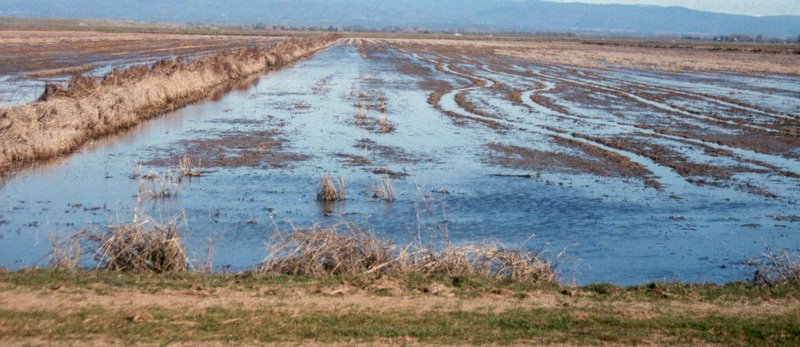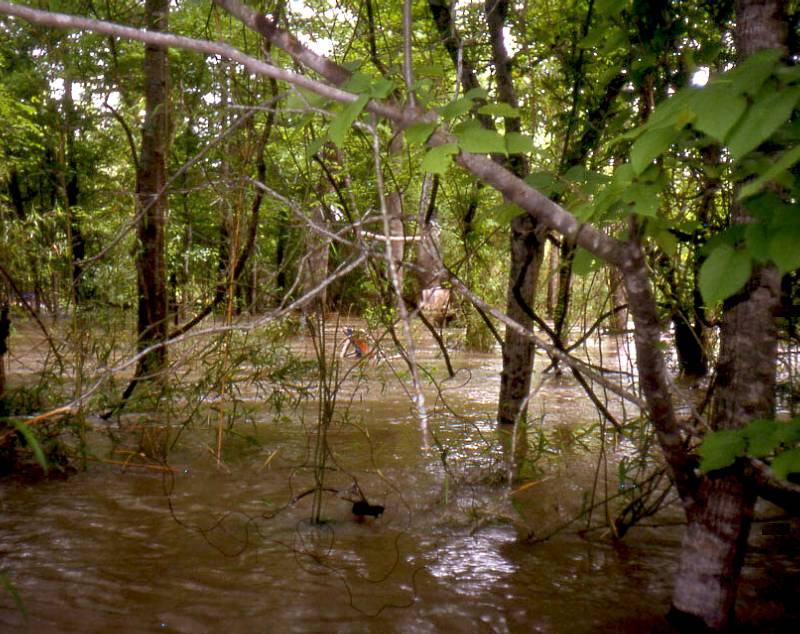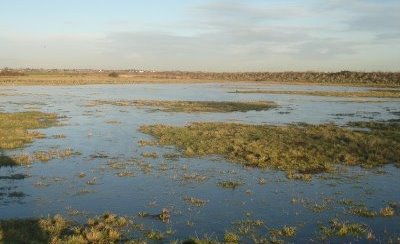Wetlands are some of the most productive wildife lands in the country, having very high plant and animal diversity. Wetlands provide breeding grounds and habitat for thousands of ducks, geese, and other water-loving bird and wildlife species. There are many kinds of wetlands and many habitat management techniques that can be used to improve waterfowl habitat.
Shallow water depths from 2 to 18 inches are most desirable fo dabbling ducks such as mallards, pintail, widgeon, mottled ducks, shovelers, gadwall, teal and wood ducks. Puddle ducks do not usually dive, but tip-up and feed on seeds, acorns, and roots on the ground under water. Diving ducks, such as canvasbacks, redheads, rigneck, and scaup prefer deeper waters over 36 inches in depth. For best results in your waterfowl management endeavor, make sure to familiarize yourself with the habits and habitat needed for the wildlife you wish to manage. Continue reading Wetland Management for Better Habitat


